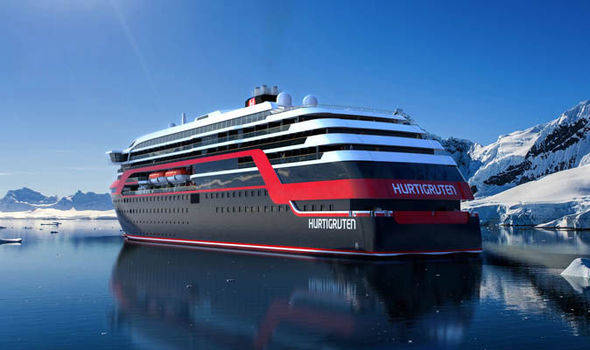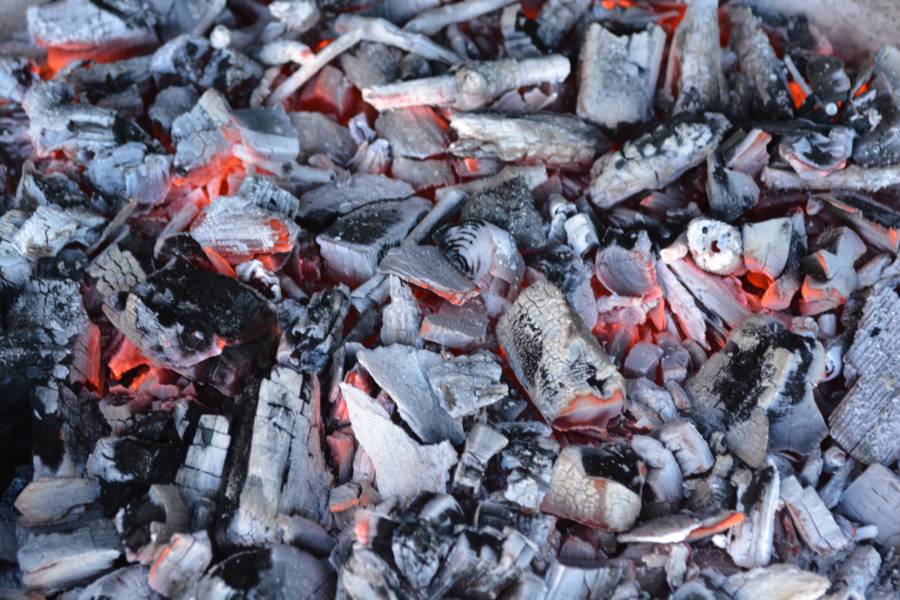Science News: Cruise Company Will Use Dead Fish To Fuel Their Ships

HurtigrutenA Hurtigruten vessel.
One cruise ship emits almost as many fine particles daily as one million cars. But one Norwegian cruise line, Hurtigruten, made some gross science news this year when they announced that they’re working to combat this problem by using fuel from dead fish.
Strange as it may sound, this method has been scientifically shown to be incredibly effective — especially in countries like Norway where fish and fish waste is plentiful. Norway’s expansive fishing industry yields enough fish waste that it can actually be turned into a legitimate form of fuel known as liquid biogas.
Such fuel can be created by mixing the unwanted parts of fish with other organic waste, like wood and wood chips. When the organic matter mixture is broken down without oxygen, a mixture of different gasses is produced that is mostly made up of methane and carbon dioxide and can then be purified and liquefied into usable fuel.
“What others see as a problem, we see as a resource and a solution,” the company’s chief executive, Daniel Skjeldam, reported. “By introducing biogas as fuel for cruise ships, Hurtigruten will be the first cruise company to power ships with fossil-free fuel.”

PxHereFish waste is mixed with other matter to create liquid biogas.
Company spokesman Rune Thomas Ege says that the first liquid biogas-powered cruise ship could be ready to set sail as soon as early 2019. Hurtigruten also reportedly is aiming to have six of its 17 ships run on a combination of biogas, batteries, and liquified natural gas by 2021.
As wonderful as the use of liquid biogas sounds, there are a number of downsides to the practice. For one, the process of creating the fuel is incredibly smelly. Even when fish waste isn’t used in the organic matter mixture, the biogas created in the breakdown process contains small amounts of hydrogen sulfide, which smells like rotten eggs.
More importantly, the process of making liquid biofuel isn’t completely “green” either, as carbon dioxide is still created — even though it does create significantly less compared to other methods of fuel production.
Nonetheless, the 125-year-old company hopes that steadily increasing the use of liquid biogas will ultimately help the company reach their goal of carbon-neutrality by 2050.





